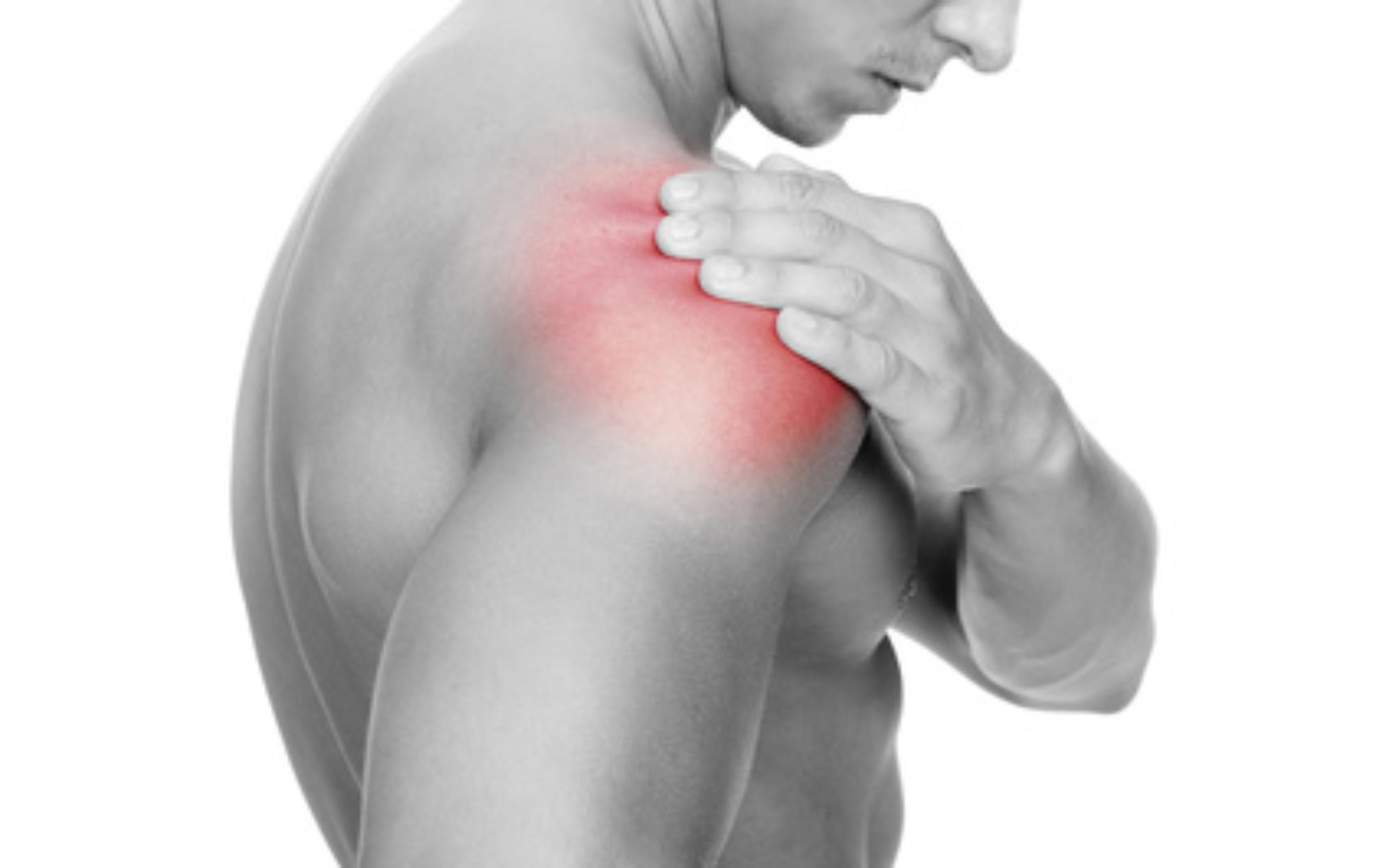
Guidelines/Precautions
- No closed-kinetic chain exercises for 6 weeks
- Same rehab protocol is followed for proximal and distal procedures except weight-bearing and other limitations as noted
- After combined proximal and distal realignment, the protocol for distal realignment is used
Phase I (1 – 5 days post-op)
Wound care:Observe for signs of infection
Modalities: Ice for pain and inflammation
Brace
- Locked in full extension for all activities except therapeutic exercises and CPM use
- Locked in full extension for sleeping
Gait
- WBAT with two crutches for proximal realignment procedure
- 50% weight bearing with two crutches for distal realignment
ROM
- 0 – 30 degrees of flexion
- Ankle A ROM
Strengthening:none
Phase II (5 days – 4 weeks post-op)
Wound care: Monitor site for signs of infection and initiate scar management techniques when incision closed
Modalities: Ice PRN for pain and inflammation
Brace:
- 0-4 weeks locked in full extension for all activities except therapeutic exercises and CPM use
- Locked in full extension for sleeping
Gait:
- WBAT with two crutches for proximal realignment procedure
- 50% weight bearing with two crutches for distal realignment
- ROM
- 0 – 2 weeks: 0 – 30 degrees of flexion
- 2 – 4 weeks: 0 – 60 degrees of flexion
- Goal of full knee extension by week 6
Strengthening:
- Quad sets for isometric adduction with biofeedback and E-stim for VMO (no E-stim for 6 weeks for proximal realignment). Goal of regaining active quad and VMO control by end of 6 weeks.
- Heel slides from 0 – 60 degrees of flexion for proximal realignment, 0 – 90 degrees of flexion for distal realignment
- CPM for 2 hr, bid from 0 – 60 degrees of flexion for proximal realignment, 0 – 90 degrees of flexion for distal realignment
- NWB gastroc, soleus, and hamstring stretches
- SLR in four planes with brace locked in full extension lying down or standing
- Resisted ankle ROM with Theraband
- Patellar mobilization (begin as tolerated)
- Begin aquatic therapy at 3 – 4 weeks, emphasis on gait
Phase III (4 – 10 weeks post-op)
Wound care:Observe for signs of infection, continue scar mobs
Modalities: Continue ice prn for pain and inflammation
4weeks to 6 weeks:
Brace:Unlocked for sleeping, locked in full extension for ambulation
Gait
- WBAT with two crutches for proximal realignment procedure
- 50% weight bearing with two crutches for distal realignment
ROM:0 – 90 degrees of flexion
Strengthening:continue same as phase II
6 weeks to 8 weeks:
Brace:Discontinue use for sleeping, unlock for ambulation as allowed by physician
Gait:As tolerated with two crutches
ROM:Increase flexion gradually to normal range for patient
Strengthening:
- Continue exercises progressing to full flexion with heel slides
- Progress to weight-bearing gastroc, soleus stretching
- Continue aquatic therapy
- Closed chain balance exercises
- Stationary bike, low resistance, high-seat
- Wall slides progressing to mini-squats, 0-45 degrees of flexion
8 weeks to 10 weeks
Brace:D/C
Gait:May D/C crutches if no extension lag is present, patient is able to achieve full extension, and gait pattern is normalized with one crutch.
Strengthening:
- Should be able to demonstrate SLR without extension lag
- May begin closed chain strengthening including step-ups (begin at 2 inch step)
- Moderate resistance for stationary bike
- Four way resisted hip strengthening
- Leg press for 0-45 degrees of flexion
- Swimming and/or stairmaster for endurance
- Toe raises, hamstring curls and proprioceptive exercises
- Treadmill walking
- Flexibility exercises continued
Phase IV (10+ weeks post-op)
Criteria for return to play:
- Clearance from physician to begin more concentrated closed-kinetic chain exercises and resume full or partial activity level
- At least 0 – 115 degrees AROM with no swelling and complete voluntary contraction of quad
- No evidence of patellar instability
- No soft tissue complaints
Strengthening:
- Progression of closed-kinetic chain activities including partial squats (60 degrees), leg press, forward and lateral lunges, lateral step-ups, leg extensions 60 – 0 degrees, bicycle and /or stepper.
- Functional progression, sport specific activities
- Functional testing: Performance to < 25% deficit compared to non-surgical side by D/C

